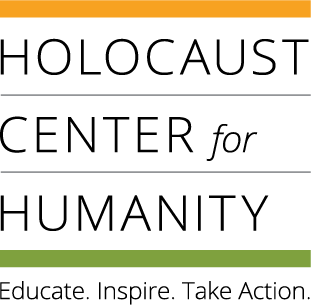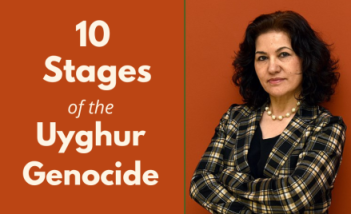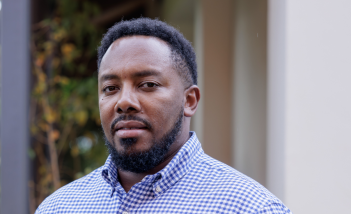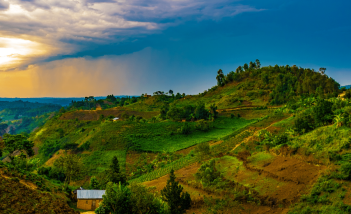April is Genocide Awareness Month
During the month of April, the Holocaust Center recognizes Genocide Awareness Month.
April is identified as Genocide Awareness Month due to the four genocide commemorations that take place during April: April 7th recognizes the Genocide against the Tutsi in Rwanda, April 17th memorializes the Cambodian Genocide, and April 24th is Armenian Genocide Remembrance Day. Yom Hashoah, Holocaust Remembrance Day, often takes place during April depending on the Jewish calendar.
We welcome you to join us for various learning opportunities for Genocide Awareness Month this year.
Teaching the Human Story of the 1994 Genocide Against the Tutsi in Rwanda
Virtual professional development for teachers
Tuesday, April 18
4:30-5:30pm (PT)

Genocide is happening today. Your actions matter.
In 1944, Raphael Lemkin, a Polish-Jewish lawyer, introduced the word “genocide” to the English language. In his 1944 book, Axis Rule in Occupied Europe (published originally by the Carnegie Endowment for International Peace), Lemkin explains:
“This new word, coined by the author to denote an old practice in its modern development, is made from the ancient Greek word genos (race, tribe) and the Latin cide (killing)….”
On December 9, 1948, the United Nations approved the Convention on the Prevention and Punishment of Genocide (often referred to as the Genocide Convention) which defines genocide as the following:
...any of the following acts committed with intent to destroy, in whole or in part, a national, ethnical, racial or religious group, as such:
(a) Killing members of the group;
(b) Causing serious bodily or mental harm to members of the group;
(c) Deliberately inflicting on the group conditions of life calculated to bring about its physical destruction in whole or in part;
(d) Imposing measures intended to prevent births within the group;
(e) Forcibly transferring children of the group to another group.
– Convention on the Prevention and Punishment of the Crime of Genocide, Article II
10 Stages of Genocide
"Genocide is a process that develops in 10 stages that are predictable but not inexorable. At each stage, preventive measures can stop it. The process is not linear....Logically, later stages must be preceded by earlier stages. But all stages continue to operate throughout the process." -Gregory H. Stanton, President, Genocide Watch
- Classification
- Symbolization
- Discrimination
- Dehumanization
- Organization
- Polarization
- Preparation
- Persecution
- Extermination
- Denial
What countries are at risk of genocide now?
The Early Warning Project’s annual Statistical Risk Assessment draws on cutting-edge forecasting methodology to identify countries at risk for onset of mass killing. Use this map to explore the risk level for countries around the world.
Country Case Studies
The cases here represent areas of focus for the Simon-Skjodt Center at the United States Holocaust Memorial Museum and are not an exhaustive list of mass atrocities in the past and present. You will find information here on historical cases of genocide and other atrocities, places where mass atrocities are currently underway or populations are under threat, and areas where early warning signs call for concern and preventive action. Countries include Bangladesh, Bosnia and Herzegovina, Burma, Cambodia, Central Africa Republic, China, Cote d'Ivoire, Democratic Republic of the Congo, Iraq, Mali, Rwanda, South Sudan, Sudan, Syria, Zimbabwe. Go to case studies.
Additional Resources
Find out more, including articles, lessons, and videos.




